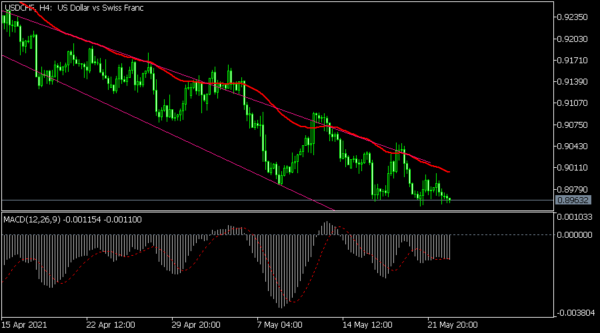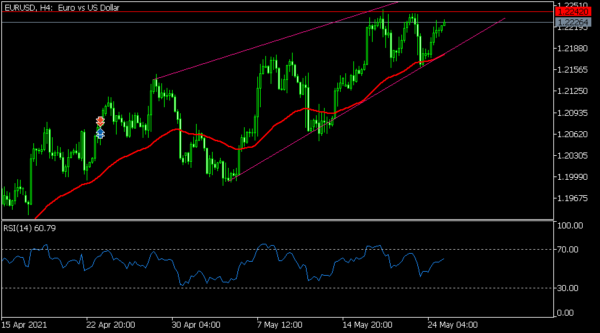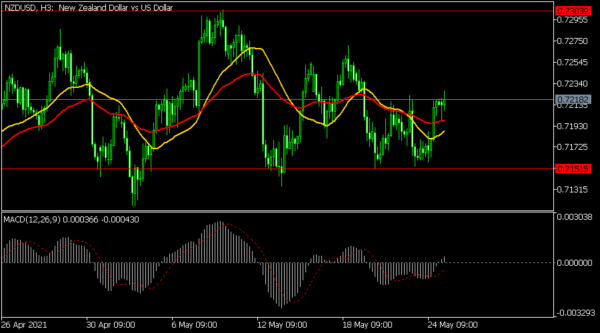US stocks rose on Monday helped by technology companies. The Nasdaq 100 index rose by 190 points while the Dow Jones and S&P 500 index rose by 1% and 0.5%, respectively. Market participants are paying attention to recent economic data to determine whether the recent inflation trend is temporary or part of a long-term trend. Early this month, data showed that consumer and producer prices rose by 4.2% and 6.2%, respectively. However, some commodity prices like iron ore and copper have retreated as China has vowed to crack down on speculation. As such, inflationary pressures have lessened as investors predict that the situation will be transitory. Higher inflation and a tightening labour market are conducive environments for high-interest rates. Further, investors are waiting for a global tax deal by G7 countries.
Cryptocurrencies continued to rally overnight as investors rushed to buy the dips following last week’s crash. The total market capitalization of all cryptocurrencies tracked by CoinMarketCap rose by 17% in the past 24 hours. Bitcoin rose by 10% to $38,423 while Ethereum and Binance Coin rose by more than 25% to $2,610 and $345, respectively. Still, these currencies are significantly lower than where they were early this month. Some analysts believe that they will ultimately rebound and retest their recent highs while others believe that this bounce will be a temporary relief rally.
The economic calendar will be relatively muted today. In Europe, the German statistics agency will publish the second reading of the country’s first-quarter GDP data. Economists expect the numbers to show that the economy declined by 1.7% in the first quarter leading to a year-on-year contraction of 3.3%. This performance will mostly be because of the lockdowns implemented by the German economy and the disruptions brought by Brexit. The Ifo Institute will also publish the latest business assessment data while European leaders will continue a summit that started yesterday. In the United States, the statistics agency will publish the latest house price index and new home sales numbers. The American Petroleum Institute (API) will publish the latest inventories numbers.
EUR/USD
The EUR/USD pair rose in the overnight session as the US dollar came under pressure. It rose to a high of 1.2225, which is substantially higher than Friday’s low of 1.2160. On the four-hour chart, the price is slightly below this month’s high of 1.2242. It is also lower than the upper side of the ascending channel while the Relative Strength Index (RSI) has moved to 60. Therefore, the pair may have a bullish breakout in the near term. If this happens, the next target will be the psychological level of 1.2300.
NZD/USD
The NZD/USD pair is holding steady at 0.7218 ahead of the RBNZ interest rate decision. On the three-hour chart, the pair is slightly above the 25-day and 15-day moving average. It is above the important support at 0.7115, which was the lowest level last week while the histogram and signal line of the MACD has moved above the neutral line. However, the pair has also formed a head and shoulders pattern, which tends to be a bearish signal. Therefore, the pair may break out lower after the RBNZ decision.
USD/CHF
The USD/CHF pair has been under pressure in the past few weeks. It has fallen from 0.9474 on April 1 to the current 0.8963, which is the lowest it has been since February. The pair is below the dots of the Parabolic SAR and the upper side of the descending channel. It has also moved below the short and longer moving averages. Therefore, the bearish trend will remain if it is below these averages.















